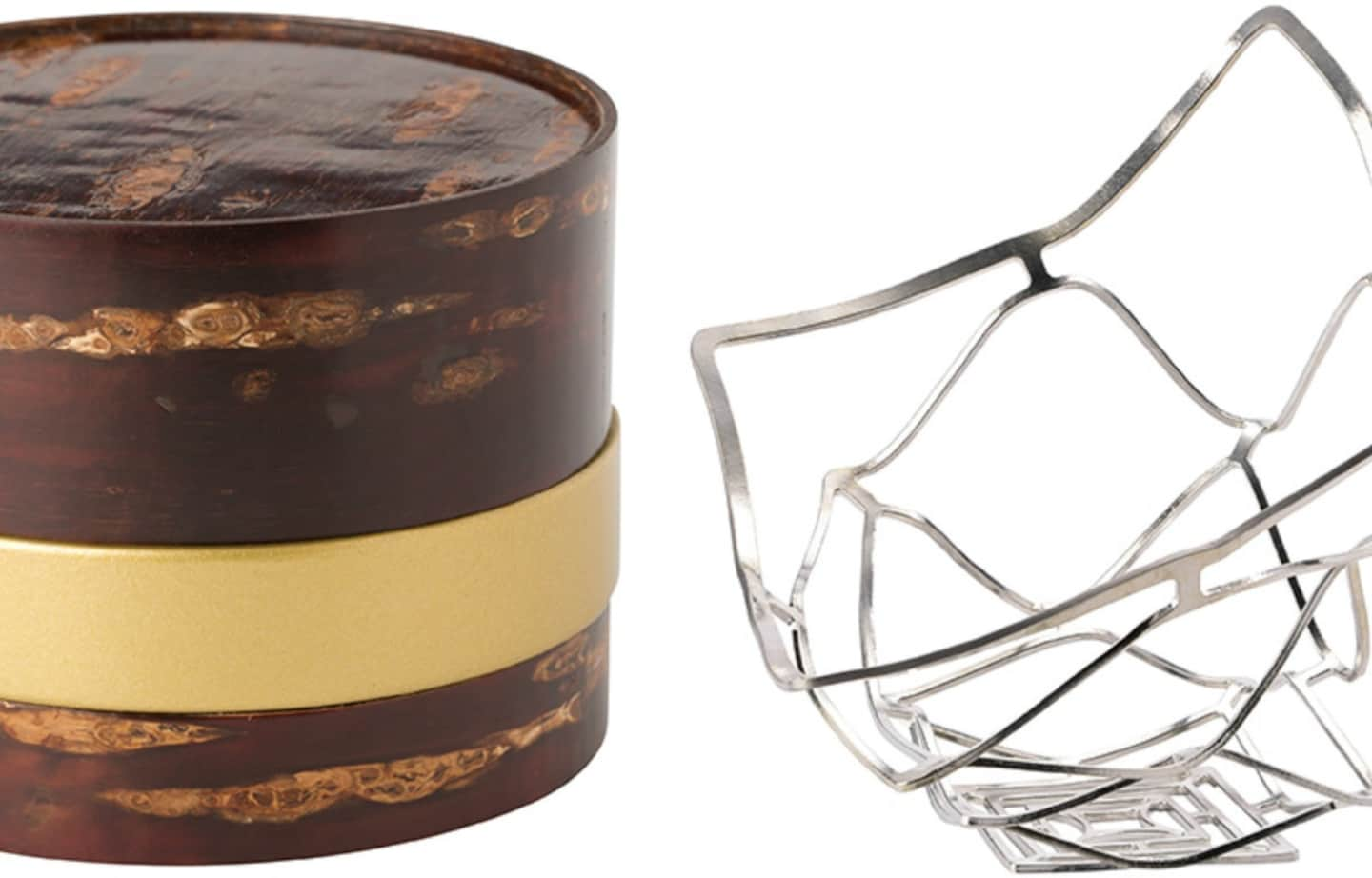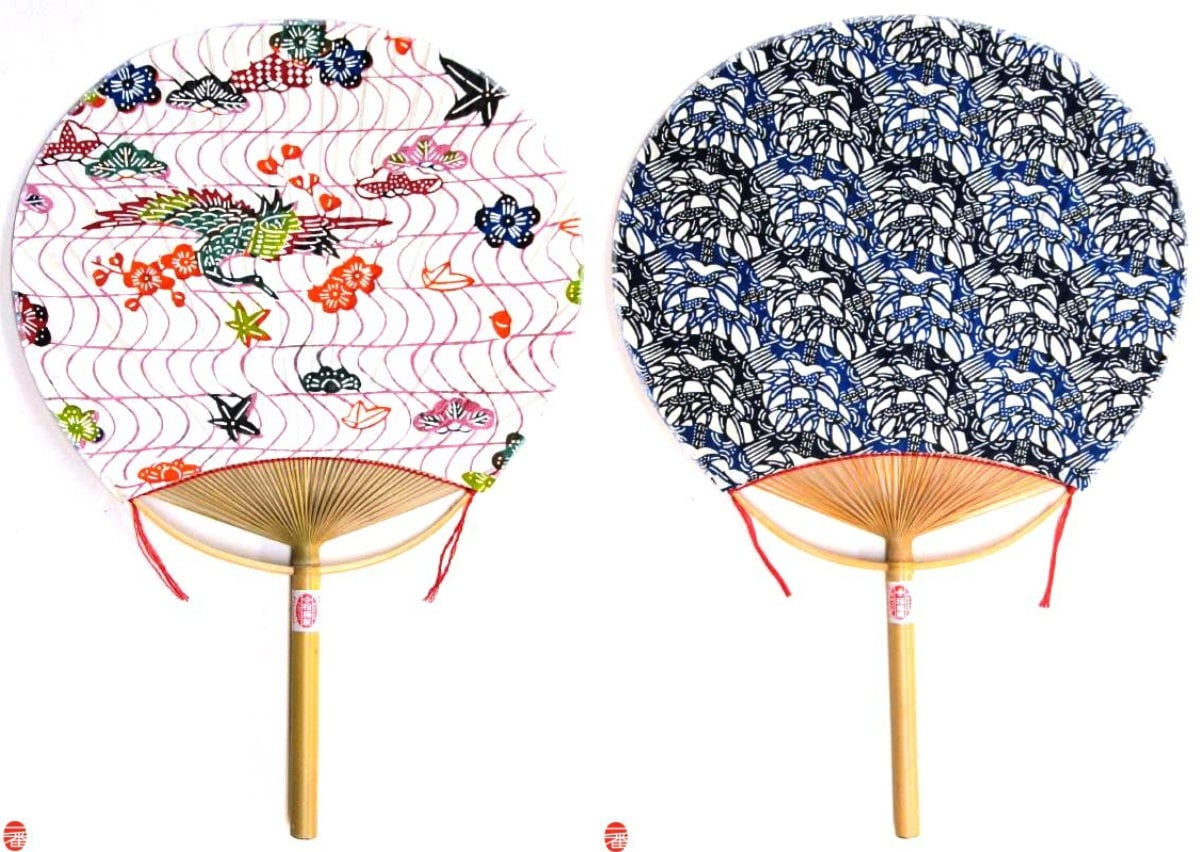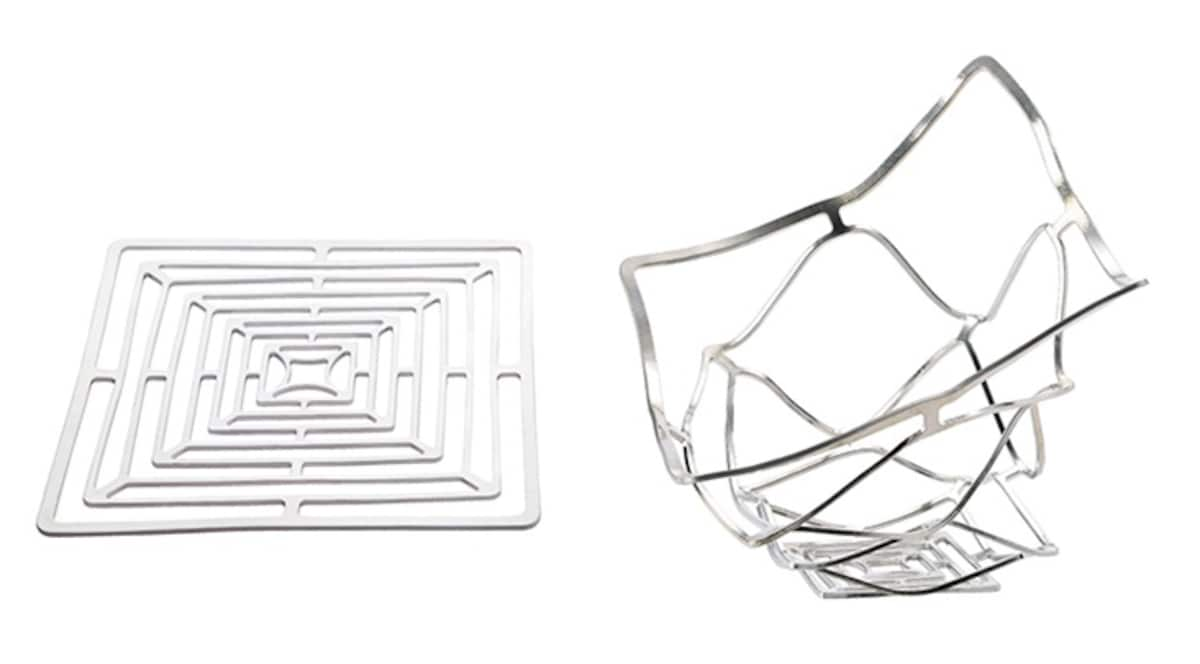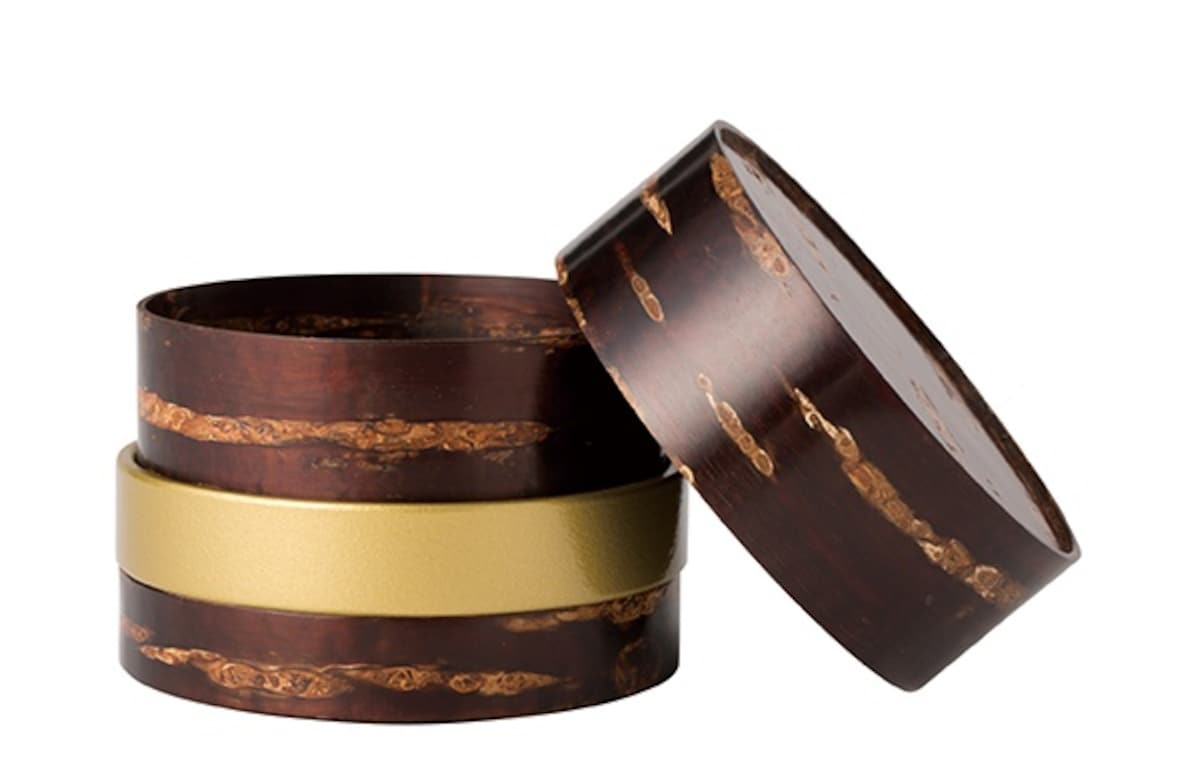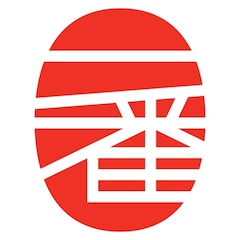How to Shop The Wonder 500™
The Wonder 500™ presents 500 unique items from Japan—and a number of them are available for purchase now at Nihon Ichiban. Get your hands on something uniquely Japanese below!
By NIHON ICHIBAN5. Edo Furin Wind Chimes
The term Edo furin literally means "wind chime from Edo," where Edo is the old name of Tokyo. Wind chimes were already popular during the Edo Period (1603-1867), but they were very expensive, as glass was a rare material and glassware artisans extremely skilled.
When the Shinohara family started its business of handmade wind chimes about 65 years ago, the strong wish to cultivate the traditions of ancient Edo made them choose Edu Furin as the company name.
Each Edo Furin wind chime is hand blown and hand painted—a small piece of art by itself. Glass is melted in a furnace at 1,320ºC (2,408ºF). A craftsperson will blow two bubbles of glass that are connected to each other: The first one is the main body of the wind chime, and the second, smaller one is broken off after cooling down. The resulting hole at the bottom of the chime has uneven edges that will create a unique sound when struck with a glass pin hanging inside.
The handmade paintings are done on the inner side of the glass. This technique requires long training, but it results in a shining finish that doesn't fade away through dirt and sunshine.
4. Rishiri Kombu
This Rishiri kombu (kelp) is of exquisite quality and used by many high class restaurants in Kyoto. It makes a very elegant and transparent soup. We recommend immersing it in the soup water for eight to 12 hours and to then removing it before cooking, as it might result in some unpleasant flavor and turbidity if left in the soup.
Similar to wine, much expertise and highly controlled conditions are required to properly allow kombu to age over many years of preparation. After opening the kombu, store it in a dry environment (e.g. Tupperware). White powder might sometimes appear on the surface of the kombu sheets, but this is umami and absolutely harmless.
3. Scented Hinaga Uchiwa Fans
The company Inato was established in its modern form in 1881. However, it boasts a tradition that goes back for more than three centuries, to a time when the small and picturesque town of Hinaga in Mie Prefecture was one of the 53 stations along the Tokaido, the coastal route that went all the way from Edo to Kyoto, the former capital of Japan. It is often said that, back in those days, more than 10,000 people visited Hinaga every day, and many of them bought the famous local uchiwa fans to offer as presents or souvenirs.
Uchiwa fans were initially used by members of the aristocracy to protect themselves from the sun and wind, or to hide their faces in certain situations. They have been used and manufactured in Japan ever since the Nara Period (710-794).
The Hinaga uchiwa created by Inato are all made by hand in the old traditional style of maru-e, one of the three main patterns used for uchiwa. Maru-e basically means that the whole fan is made from a single piece of thin, round bamboo wood, carefully carved to keep the handle round and give elasticity to the delicate strings onto which the paper is attached. Thus, Hinaga uchiwa are both extremely light and surprisingly strong. Also, the association between the fine grain of the bamboo wood and the lightness of the paper creates a beautiful and unique object that is not only useful, but pleasing to the eye as well.
The special shape of the Hinaga uchiwa allows for the handle to have a small opening at the top, where fragrant oil can be placed. The fan comes with a small bottle of Japanese traditional fragrant oil that will last you the whole summer so that you can enjoy both the cooling effect of the uchiwa and the pleasant fragrance of the oil. Any kind of perfume of your own choice can also be used in the fan.
2. Kago Foldable Baskets
Takaoka bronze casting dates back to the beginning of the Edo Period (1603-1868), when the Maeda clan in Kaga (now Ishikawa and Toyama Prefectures) invited seven highly skilled metal casters from a long-established metal casting area to come and work at a newly opened workshop. The craft developed through the production of chased bronze Buddhist fittings. In the Meiji Period (1868-1912), the work from this area came to be known abroad, as representative examples were exhibited at the international world's fair in Paris. Now 90 percent of the total cast bronze products in Japan are from Takaoka.
Nousaku Corp. began manufacturing Buddhist altar fittings in 1916, and has more recently begun to add tableware and interior products to its lineup. It is run by the fourth generation of the Nousaku family, and uses casting techniques typical of the Takaoka region in northwestern Toyama, which has been known for its tin and brass casting for 400 years.
One recent Nousaku innovation has been the development of tableware made of pure tin. It's sold under the name of "flexible ware," as it allows the user to flexibly bend the shape as required, again and again without breaking or weakening the material. This flexible ware can be used as a tray or as a basket depending on how it is bent—after which it can be flattened and used again!
1. Join Cherry Bark Tea Canister
The Join tea container has a very simple, modern design. The colored ring emphasizes the natural beauty of the traditional cherry bark construction, and allows you to easily identify different teas if you have more than one at home.
During the preparation process, the bark is treated to function in a way that prevents humidity and drying, always keeping the tea fresh inside. Made in Akita Prefecture by Tomioka Shoten Co., Ltd., this fresh interpretation of the traditional craft of kabazaiku, or making things with the bark of the wild Japanese cherry trees, fully emphasizes the natural beauty of the cherry bark.


